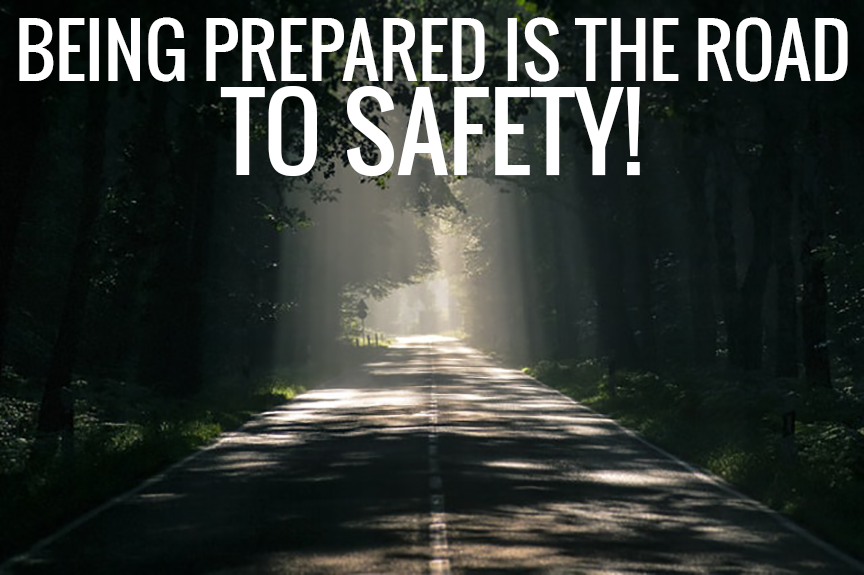
Tips for Performing a Successful Emergency Aerial Rescue
For the longest time, I've listened many climbers talk about their emergency plans and all the different ways to make yourself safe while performing one of the most dangerous jobs in America. I love hearing stories of unique climbing systems that professionals are using to make performing emergency rescues easier and safer. I've also heard about emergency plans that crews have had in place and used to make flawless rescues and even saved lives. Before the time of SRS--previously known as SRT for some of you young guns--rescue plans seemed to be a bit more rudimentary and primal. But now with the advent of systems like lowerable base anchors or dedicated access line systems, rescues can hopefully be a bit more streamlined than in the past.
Now I'm not downing any of the rescues that have been done in the past. A successful climber rescue is something that should be celebrated throughout our industry and talked about at every tailgate safety meeting! Being able to safely ascend a tree that has a victim aloft is something that I have dreaded for years. I don't want to see someone that I work with and have a close relationship with, injured and then trapped in a tree. That being said, having a good plan for handling these situations does make me feel far better about doing a rescue than it ever has in the past.
In the past, the basic idea of performing an emergency climber rescue was to grab a set of climbing spurs and ascend the tree to the injured climber and attempt to bring them down. This is very haphazard but also straight to the point. This means of access the canopy is a great way to get into the tree relatively quickly but also opens many up to climbing without being 100% tied in. Remember the first rule of an aerial rescue: don't become a second victim! My thoughts are that someone who is attempting to ascend a tree as fast as they can, in an emergency, MIGHT bypass a double lanyard or setting a climb line in exchange for moving faster to get to the victim. I feel this is easily human nature and that some people look beyond their own well-being in order to try to rescue someone else.
So, how do we make this situation safer before any emergency even takes place? What about adding an access line to every tree we climb and leaving it until the work is done or the tree is one the ground? That would allow for super easy access to anyone that had the skills to ascend a tree and it would give them 100% fall protection on the way to the victim. A super easy way to make this plan into a reality is to start doing it in even climb. More than likely, most climbers nowadays are accessing the tree with some sort of access line. They might work off that same line as well which makes a rescue quite a bit more difficult for someone trying to access the tree with that same line. So the best bet would be to ascend the tree with the line you intend on using and then attaching another line to the tree once in the canopy. It can be tossed down so that another climber can use it to access the tree.
Another great option is something like the ART Twin Line that makes up a dedicated access line and friction saver in one. The Twin Line attaches to your access line and is then loaded with your MRS (DdRT) or SRS (SRT) system and is then pulled into the tree. The climber can then access the tree with the access line or the other system and begin working the tree. In the event of an aerial rescue, there are multiple options to easily and safely access the tree for the rescuer. I really like this system because once you start using it in everyday practice, it forces you to have an access line in every tree! Again, the best way to bring things into reality is to start doing them!

The Twin Line is easily retrievable once the climb is over or it can simply be re-positioned while still aloft. It also features a shock absorbing tether in the event that a fall takes place while climbing. This helps protect your back and soft organs from the shock and force created when a fall takes place. The world-famous Cocoon Pulley is the point that the MRS (DdRT) system flows through and it is a dream to climb on!

Check out this video from ART that shows the benefits of the Twin Line as well as how it is setup and used in everyday climbing. Also, please start looking into easier ways for a rescue to take place on your job site. Being prepared is the best option for when the tables turn and a good day goes south. Be safe out there and let us know some of your rescue procedures in the comments below!

Leave a comment